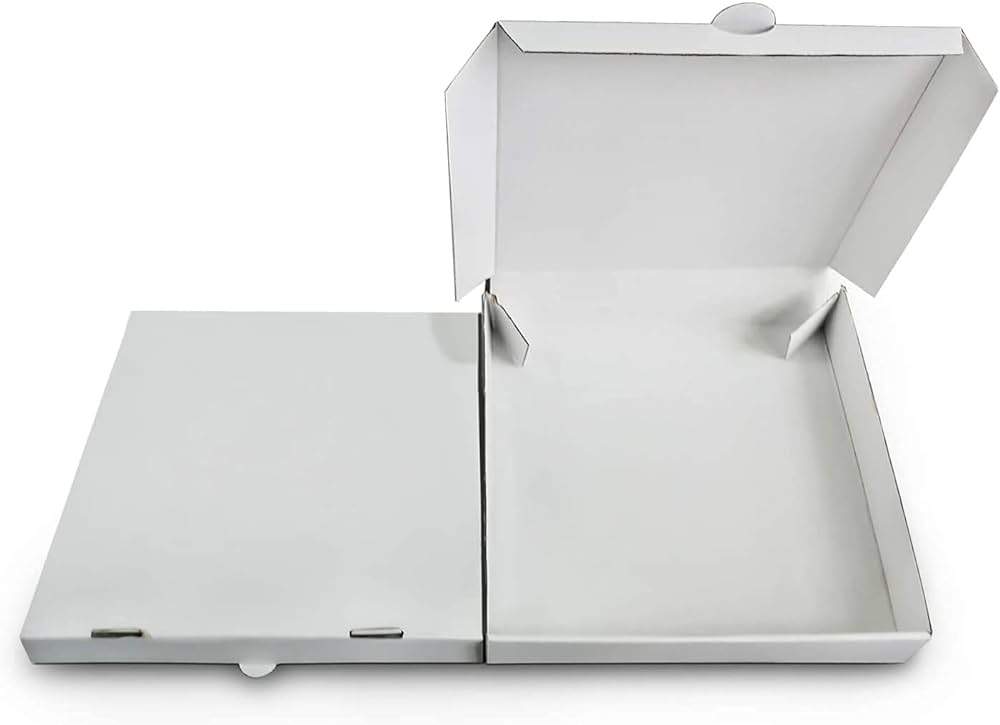In the world of design, the evolution of white boxes has been a journey from pure utility to a symbol of minimalist sophistication. What began as a practical choice for packaging and product design has transformed into an aesthetic movement that permeates various industries. From electronics to architecture, the ubiquitous presence of white boxes speaks volumes about the evolution of consumer preferences and the power of simplicity in design.
The Birth of Utility of White Boxes
The origins of the white box can be traced back to the early days of industrialization when efficiency and functionality were paramount. Manufacturers needed a cost-effective and versatile solution for packaging their products, leading to the adoption of simple cardboard boxes coated with white paper. This choice served a practical purpose – white reflected light, keeping the contents cool and protected from heat damage during transportation. Moreover, the blank canvas of a white box allowed for easy labeling and branding, essential for marketing and identification purposes.
The Rise of Minimalism
As the industrial revolution progressed, so did the concept of design. The mid-20th century witnessed a paradigm shift towards minimalism, with influential figures like Dieter Rams and the Bauhaus movement championing simplicity and functionality in design. White, with its clean and unobtrusive appearance, became synonymous with this minimalist ethos. Products housed in white boxes conveyed a sense of modernity and sophistication, appealing to consumers seeking simplicity in an increasingly complex world.
Consumer Psychology and Branding
The evolution of white boxes from mere utility to aesthetic statement can also be attributed to consumer psychology and the power of branding. Studies have shown that the color white evokes feelings of cleanliness, purity. And simplicity – qualities that many consumers associate with premium products and brands. By packaging their products in white boxes, companies tap into these subconscious associations. Elevating their perceived value and desirability in the eyes of consumers.
Furthermore, the minimalist aesthetic of white boxes allows brands to convey a sense of exclusivity and sophistication. In a crowded marketplace where consumers are bombarded with choices, simplicity stands out. White boxes provide a blank canvas for brands to showcase their logo. And design elements in a clean and uncluttered manner, ensuring maximum impact and memorability.
From Electronics to Architecture
The influence of white boxes extends beyond product packaging to architectural design. In the realm of electronics, companies like Apple have become synonymous with the minimalist aesthetic. With their signature white packaging reflecting the design ethos of their products. The sleek, white boxes housing iPhones and MacBooks serve as a visual extension of the brand’s commitment to simplicity and elegance.
In architecture, the concept of the white box has been embraced by designers seeking to create spaces that prioritize light, openness, and minimalism. From modernist homes with white exteriors to contemporary art galleries with white walls. The use of white boxes in architecture reflects a desire for purity and simplicity in the built environment.
Challenges and Criticisms
Despite its popularity, the evolution of white boxes has not been without its challenges and criticisms. Some argue that the proliferation of white boxes contributes to a homogenization of design, stifling creativity and individuality. Others point to the environmental impact of disposable packaging, urging companies to prioritize sustainability over aesthetics.
Furthermore, the association of white with purity and cleanliness has come under scrutiny in recent years. With critics highlighting its historical use as a tool of racial and social exclusion. As designers continue to explore the boundaries of inclusivity and diversity. The meaning and symbolism of white boxes may undergo further evolution.
Conclusion
From its humble beginnings as a utilitarian packaging solution to its current status as a symbol of minimalist sophistication. The evolution of white boxes reflects broader shifts in consumer preferences and design trends. Whether housing cutting-edge electronics or defining the skyline of a modern city. White boxes continue to shape our visual landscape, reminding us of the enduring power of simplicity in an increasingly complex world.
